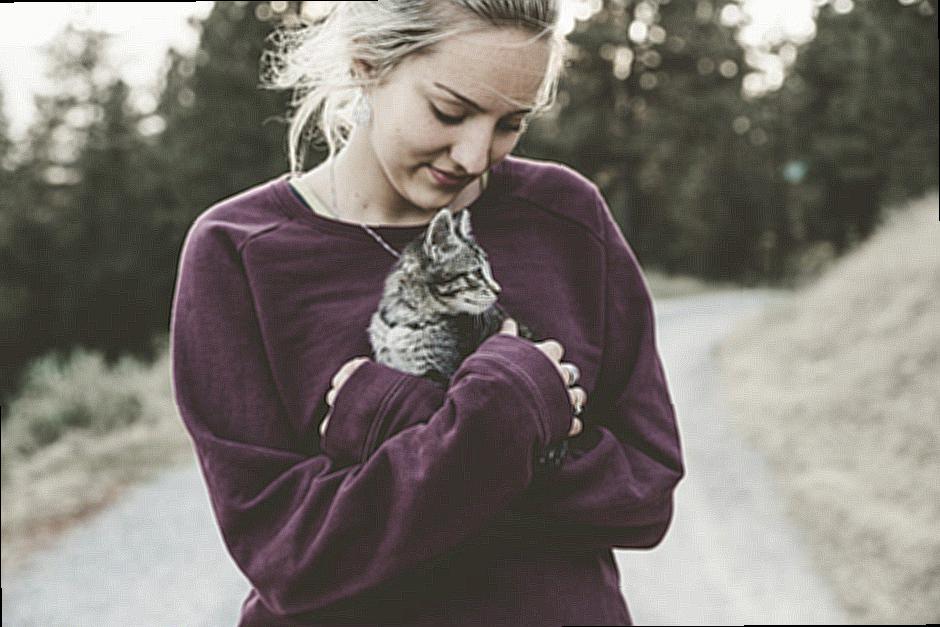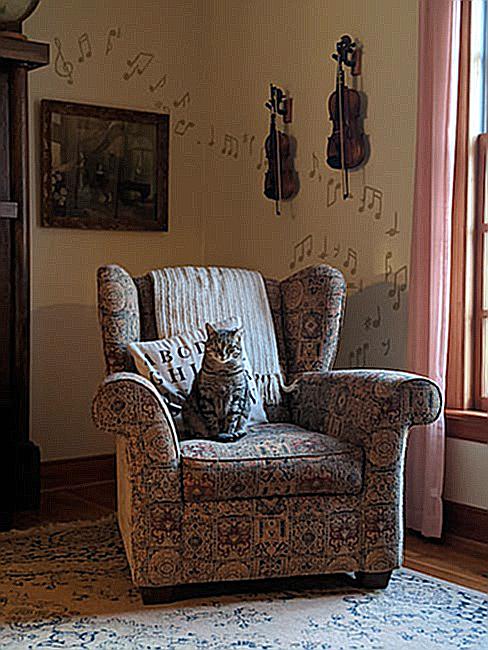
For many years, the subject of declaring cats has been debated in the veterinary and animal rights arena. On the other hand, some argue that it is a necessary measure to shield furniture, prevent scratching, and generally keep cats from becoming destructive. On the other hand, some argue that declawing cats is an unnecessary and cruel act that can result in significant physical and psychological harm to the cats themselves. The likelihood of infection is one of the most important factors when declawing cats.
Declawed cats require the removal of the third phalanx of each toe axis. The toe bones, ligaments, and nerves are all fractured, leaving the area open to infection. Infection is the most common and serious complication with declawing. An infection can occur if the area is not properly cared for or if the cat is exposed to bacteria or grime. This can lead to a serious and potentially life-threatening disease called septicemia, which is a systemic bacterial infection.

Declawing can also result in other health conditions, such as joint pain and arthritis, in addition to the risk of infection. This is because the procedure removes the protective layer of tissue between the bones and the skin, leaving the joints exposed and vulnerable to injury. Cats can become less active and more prone to behavioral problems such as aggression and biting due to the pain caused by declawing.

The psychological benefits of declawing cats can also be significant. Cats are naturally tactile creatures, and their claws are a crucial component of their self-expression. Removing the claws can produce feelings of helplessness and fear, as well as anxiety and depression.
When declawing cats, it is important to follow correct veterinary instructions to minimize the chance of infection and other complications. This means ensuring that the area is properly washed and washed before and after the procedure, as well as providing adequate pain relief. In addition, it is important to provide ample post-operative care and monitoring to ensure that the cat is healing properly.
Overall, it is important to consider the risks and benefits of declawing cats before making a decision. Though it may be necessary in some situations, it is important to consider the potential risks and complications before proceeding with the procedure.

